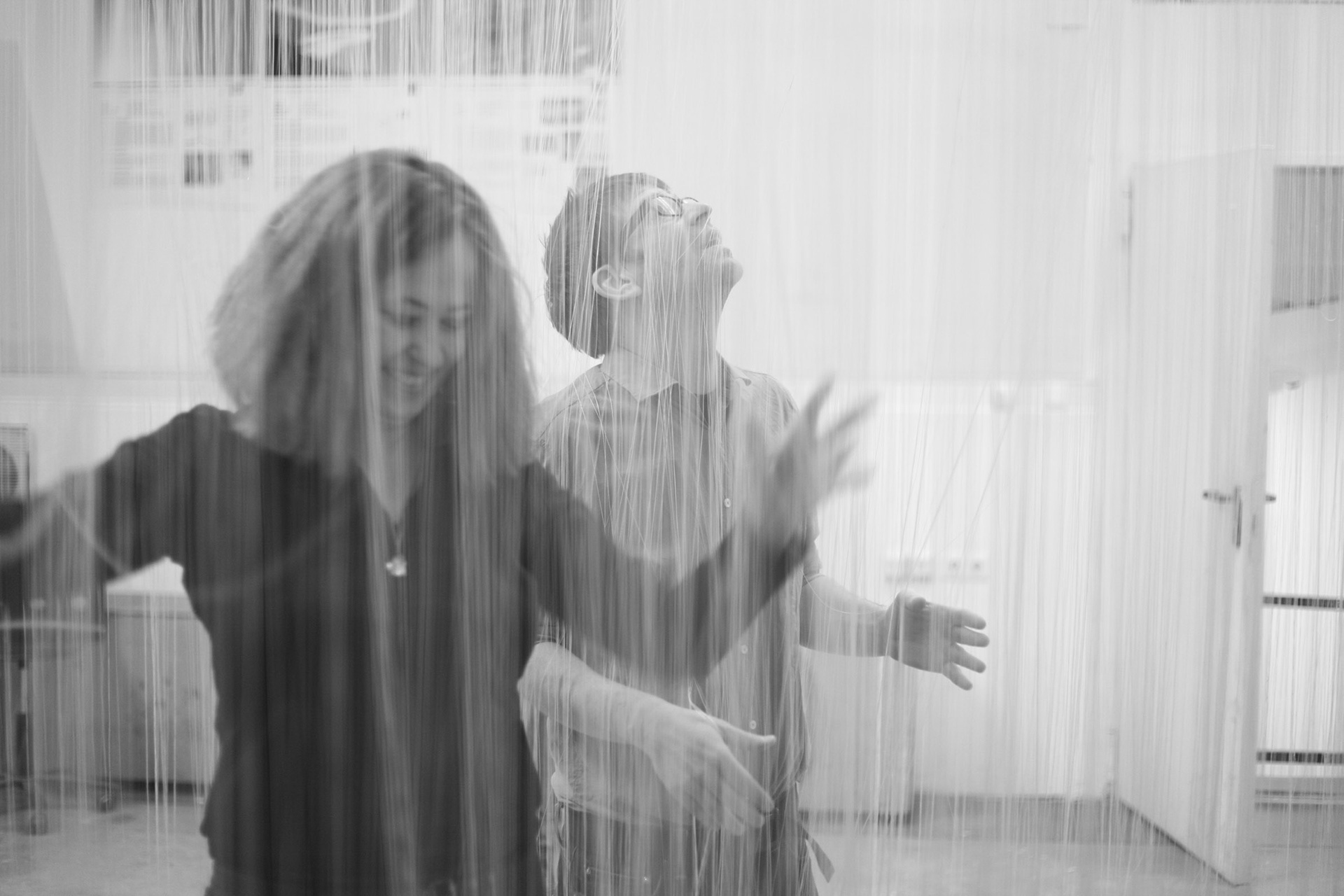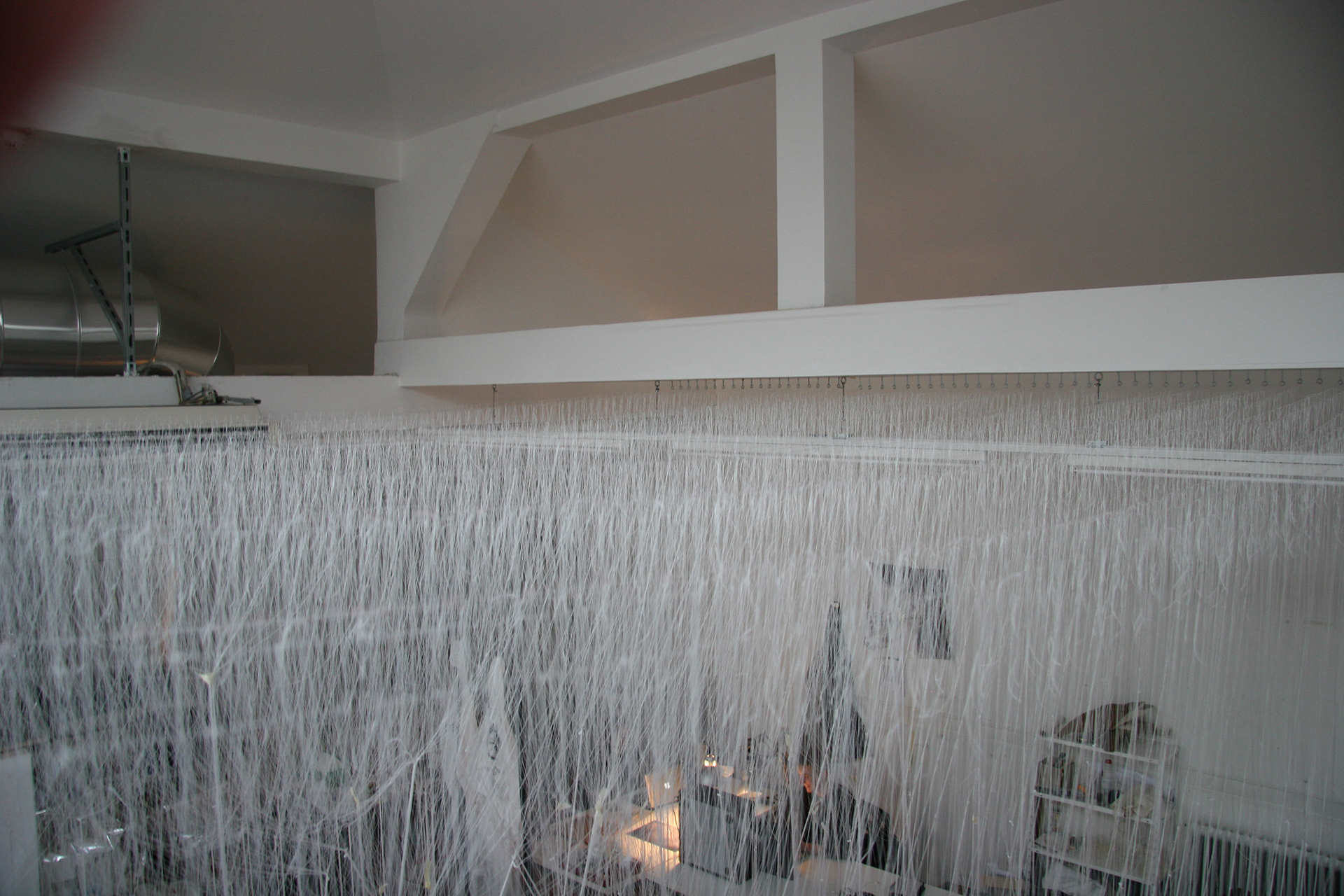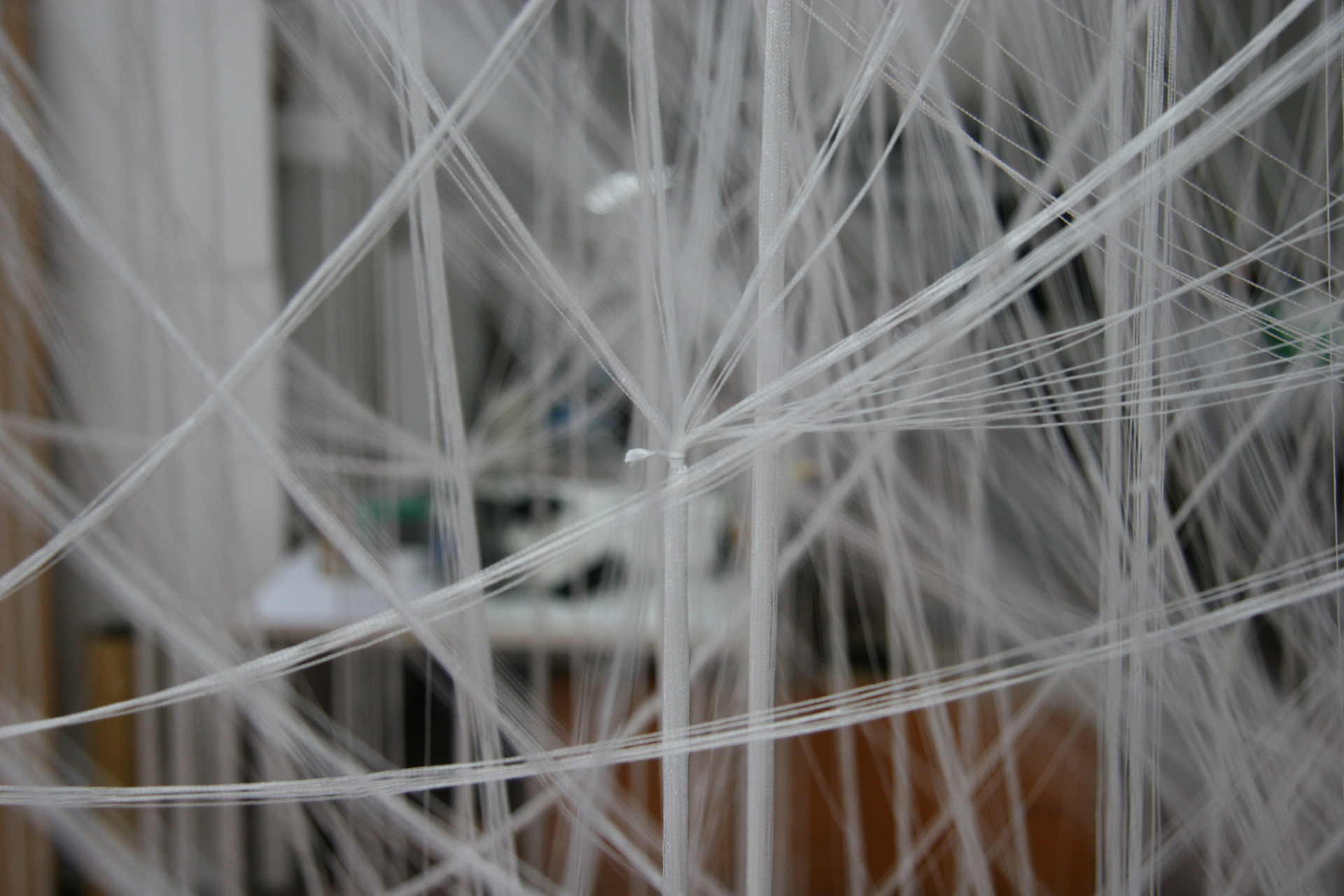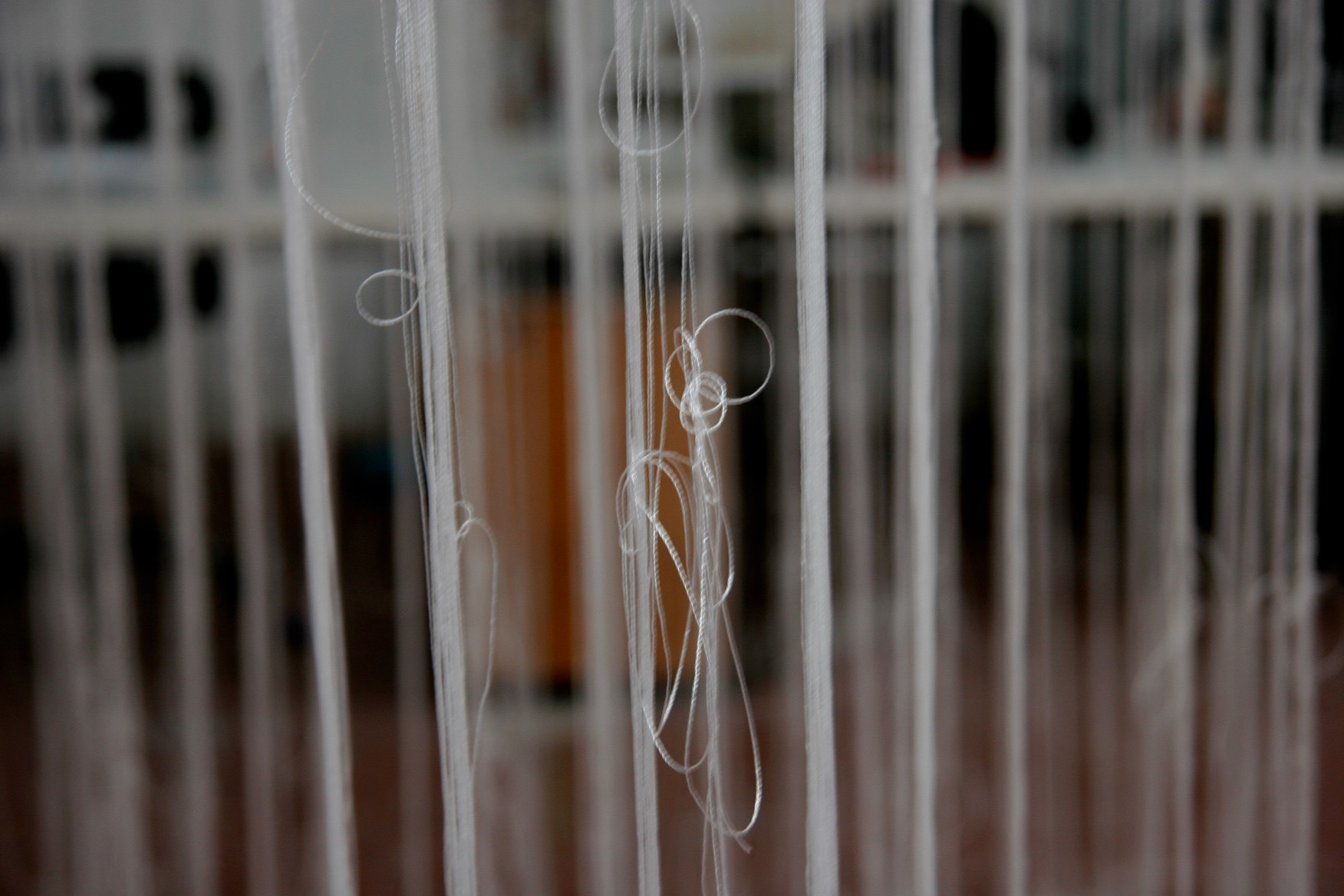COACH - PROFESSORSHIP AT THE ACADEMY OF FINE ARTS, VIENNA
Design Studio IKA Academy of fine Arts, Vienna
Bachelors Winter Semester 2012/13
Design Studio IKA Academy of fine Arts, Vienna
Bachelors Winter Semester 2012/13
Michelle Howard and Christian Fröhlich
ON THE MODIFICATIONS OF CLOUDS
By the 1750s almost everything in the visible world had been named, described and classified, even the invisible world was slowly yielding its secrets through the work of Antonie von Leeuwenhoek with microscopy. It was the clouds, those wholly visible, ever present bodies which filled our skies and our idle hours that were proving nigh on impossible to categorise. The difficulty lay in the way scientists were looking at clouds. Since Aristotle (365 BC) scientists and philosophers had sought to classify the clouds as they would a botanic species - as elements with defined immutable states and characteristics. The breakthrough was made in 1802 when Luke Howard, a young amateur meteorologist, gave a lecture entitled, "On the Modifications of Clouds". In this lecture, Howard defined the clouds as to how they changed and according to their transitions between forms.
It is the continual movement and transition in an element which, to all intents and purposes, seems to maintain its essential characteristics which interested us for this semester project. Though seemingly unfathomable, erratic and chaotic at first, on closer inspection clouds reveal themselves to be ordered and predictable albeit on an extremely complex level. How can something change and adapt constantly while seeming to maintain the same elemental structure? How could such a level of finely tuned interactivity manifest itself in architecture?
Research: In the first weeks of the semester we looked scientifically at the main cloud modification types, how they are formed and the forces which induce them to transform.
Observe: In the following weeks we looked very closely at and recorded the actions of clouds in experiments or in incidents we have noticed and reflected on the methods we used.
Make: The students then made an element whose nature is determined by the planned interactivity and materiality. The interactivity can assume many configurations, the whole volume may move, the movement may remain within the thickness of the outer shell or it may transfer to the interior volume. The interactivity determined may not include movement at all and is perhaps sensitive to light, temperature or acoustics.
Hygrograph - Eva Herunter, Fabian Puttinger
hygrometer (hīgrŏm`əәtəәr), instrument used to measure the moisture content of a gas, as in determining the relative humidity of air.
Our weather system is altered by a myriad of forces as a result of the most nuanced of alterations within. These fine nuances may seem insignificant at first but reveal themselves, on closer observation, to be essential elements of a highly complex and ordered system. We have sought to create a direct and visible illustration of the elemental interactivity between the changing forces which create and modify the clouds.
Change in the relative humidity of the surrounding air triggers a change of length in the human hair. This phenomenon is emphasised by connecting a human hair to a sensitive pulley-system which translates it onto a finely tuned dispersed structure. This fragile structure gently spreads out and retracts according to the spatial conditions in which it performs.
Elemental forces such as humidity, weight, strength and material characteristics interact in multiple scales aiming, "to move as closely as possible to a flexibility and overall constructivity" *. Within the natural scale of time, a transition from one state to another takes place and can be studied from different points of view. * from Junya Ishigami, Another Scale of Architecture





110g
Lesina Debiasi Lukas, Aichinger Anna, Ellenberger Frank
This is a kinetic installation which describes the Aula space through climatical conditions such as heat, cold and air movement. The work consists of many cubic balloons just as clouds consist of tiny water molecules and is stabilised by the use of tiny weights. The visitor interacts with this delicate stability by introducing changes in temperature and air movement.
Two aspects of contemporary architecture are criticised:
Architecture as a static structure which ignores the physical conditions of its surroundings.
Design as the result of one experts’ lone intellect, confronting users with a finished product they are not permitted to change.



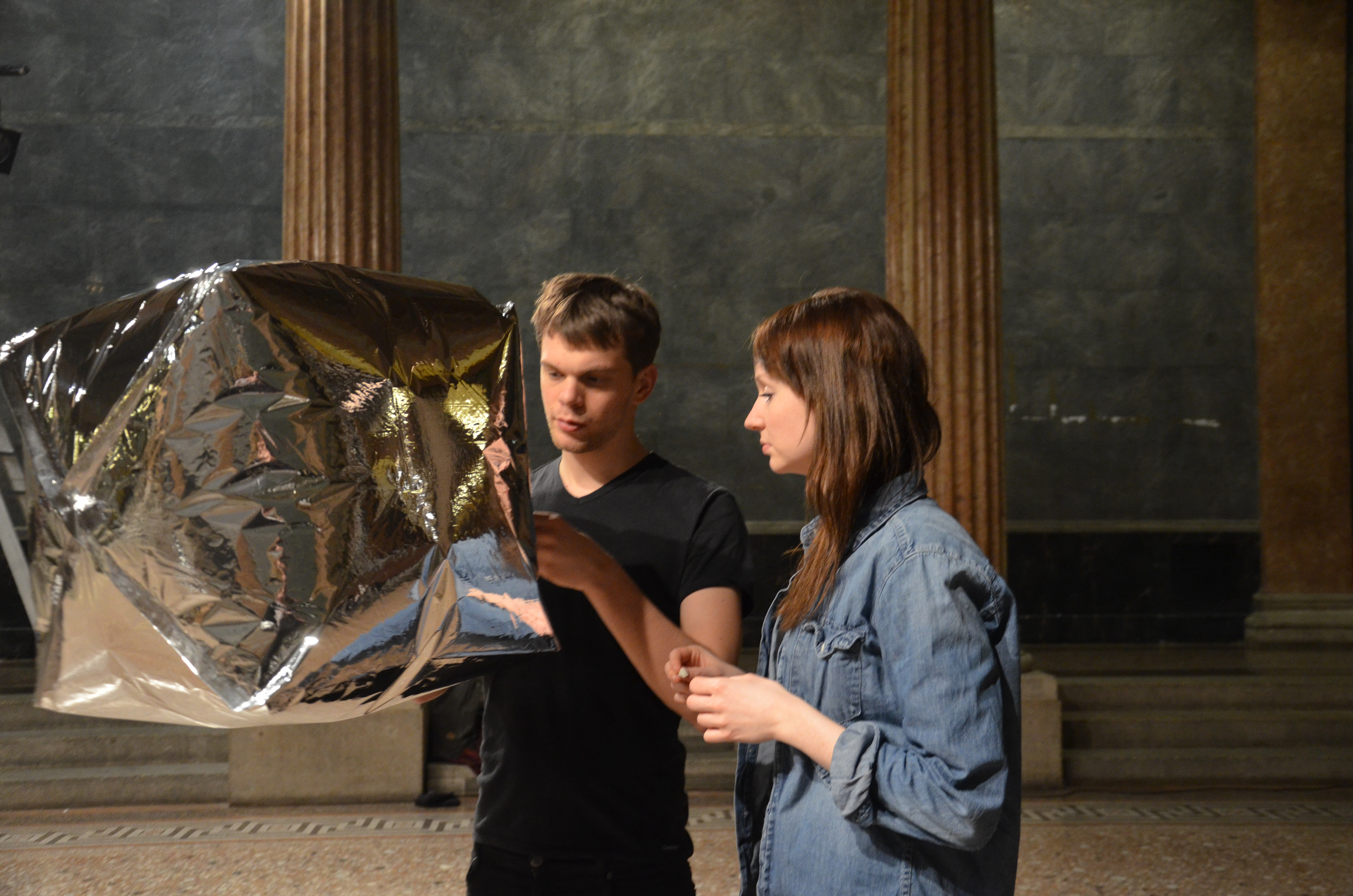


Extrapolation: Jiri Tomisek & Patrick Pregesbauer


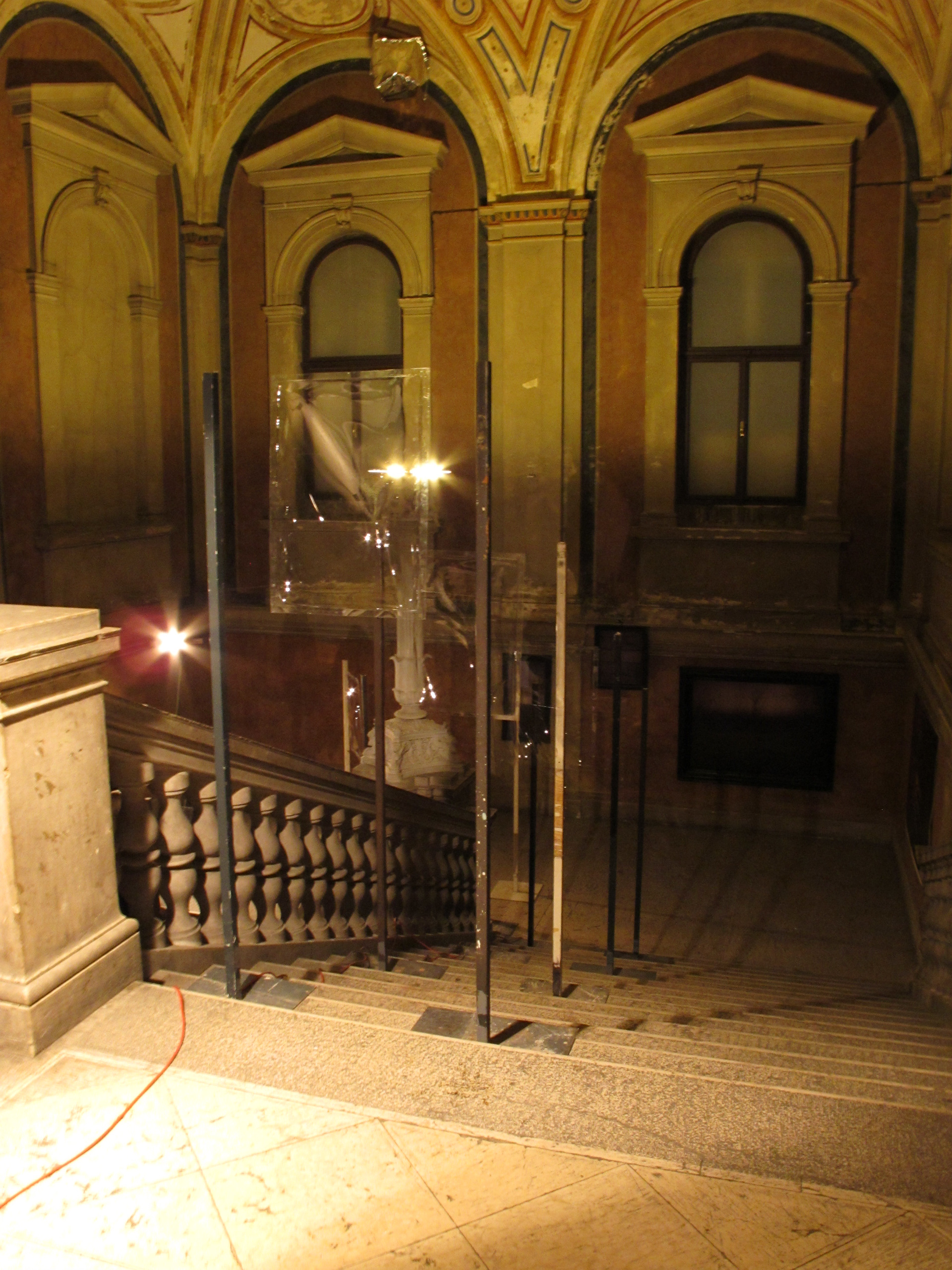





Particles: Anna Requat Roxy Rieder Anna Valentiny
A construction created entirely from white nylon threads. The construction is built within the given beam structure of the room. Over the course of 3 meters, 60 lengths of 4.5 m nylon threads are strung horizontally. From each of these, 100 threads, spaced at 4cm, hang down to the floor. Intersections within the construction are established with the recurring motive of the knot. Momentary parameters determine the ever-changing appearances of a cloud. Thereby clouds visualise the conditions surrounding them.
Following Lavoisiers Principle „Nothing is lost, nothing is added, everything is transformed“, the construction has a clearly structured initial context which should be
understood as an abstraction of the basic mass of particles. The constantly developing image of the installation will provide a snapshot of a process / accumulated moments.
Following Lavoisiers Principle „Nothing is lost, nothing is added, everything is transformed“, the construction has a clearly structured initial context which should be
understood as an abstraction of the basic mass of particles. The constantly developing image of the installation will provide a snapshot of a process / accumulated moments.




